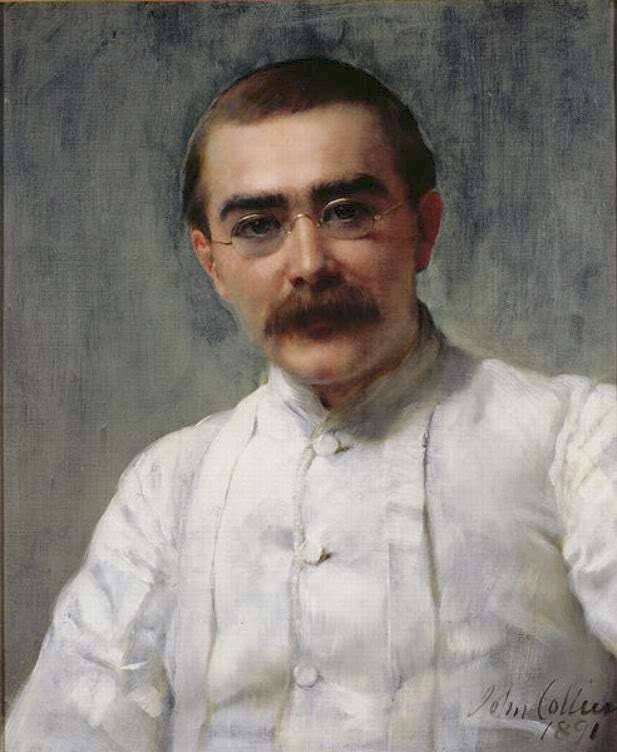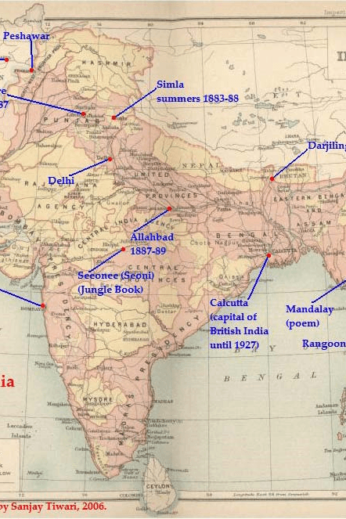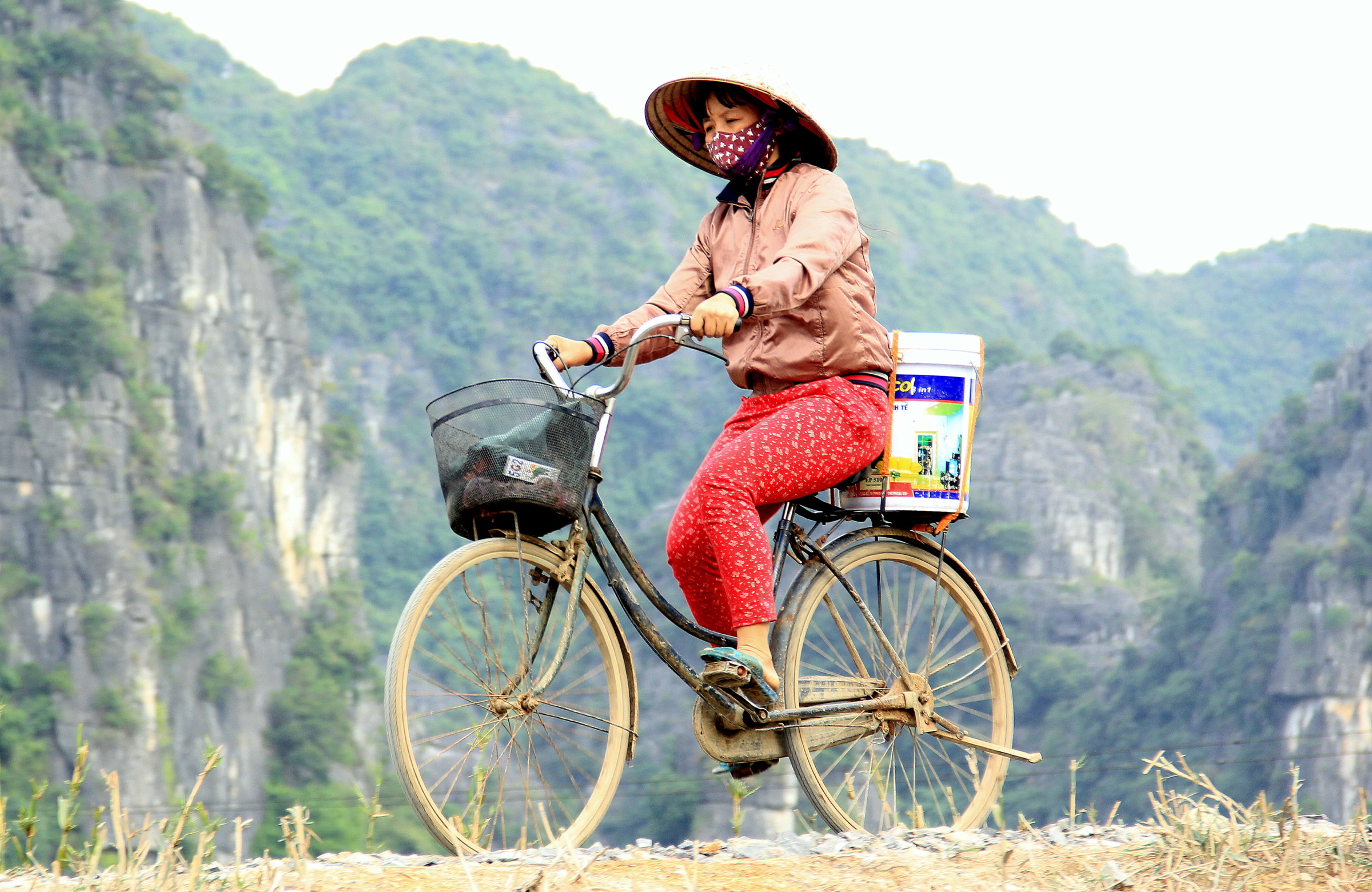Rudyard Kipling is a name inextricably linked with Burma in the modern collective consciousness.
Kipling wrote a number of poems, stories, and factual accounts of Burma, the most famous of which is his poem Mandalay. Businesses from the Kipling Bar in Yangon’s Governor’s Residence to the Strand Hotel capitalise on their (real or invented) personal association with the writer, while plenty more invoke his name in products named “Kipling this” or “Kipling that”. Burma’s celebrated opposition leader, Aung San Suu Kyi, even named her son Kim after Kipling’s famous character.
It should be safe to assume, given this evidence, that Kipling spent a considerable amount of time here and knew the country well. How long did he actually spend there? Three days.
Kipling’s life
Kipling was born in Bombay in 1865, sent to school in England from the age of five, then returned to India at the age of 16 to take up a post as assistant editor of a small local newspaper in Lahore (modern-day Pakistan): the Civil & Military Gazette. In 1887, Kipling was transferred to a much larger sister-newspaper, The Pioneer, in Allahabad, but was discharged after a dispute in 1889.
Kipling used his severance pay from The Pioneer, along with the proceeds from his various other literary ventures, to journey back to England. He left India on the 9th of March 1889, travelling eastwards via Burma, Singapore, Hong Kong, Japan, America, Canada and British Columbia – all of which inspired a great number of writings.
After his return to London and over the following years, Kipling achieved phenomenal success as a writer, winning the Nobel Prize for Literature in 1907 and earning himself a literary reputation that survives to this day. Over the course of his life he would continue to travel to far-flung climes including India, South Africa, Australia and New Zealand – but he would never return to Burma.
Kipling’s Burma
Kipling arrived in Burma in 1889 on board a steamer as a passenger in transit. He visited first Rangoon, then Moulmein (now known as Mawlamyine), before leaving Burma to continue his journey eastwards. Surprisingly, he never set foot in Mandalay – the namesake of his most famous poem.
Kipling’s association with Burma is, therefore, a product of the quality of the work he produced on the subject rather than of a long-standing connection with the country and its people. Mandalay is the most famous of his writings on Burma, but Kipling also produced a variety of other poems, short stories, and non-fiction accounts based on his impressions of the country.
Kipling on Burma
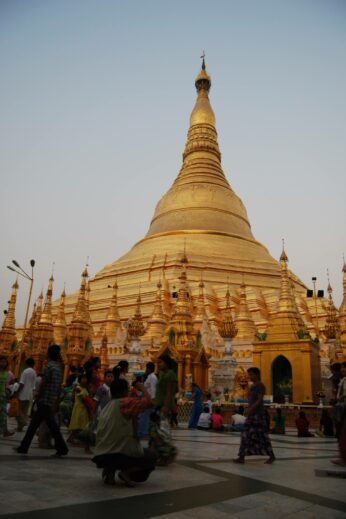
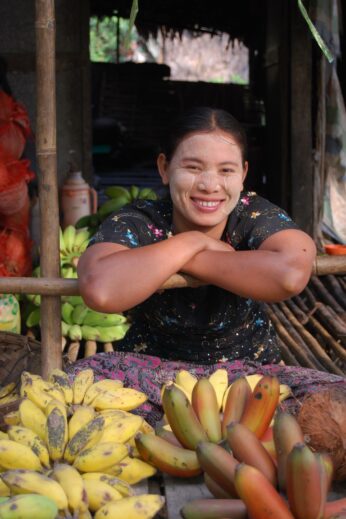
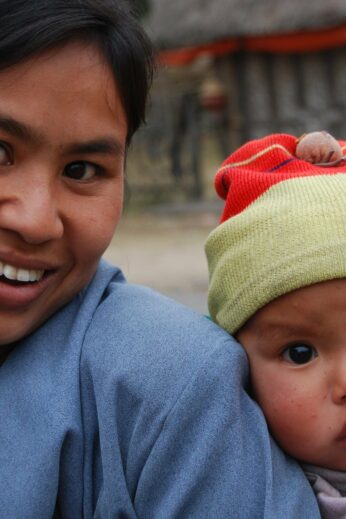
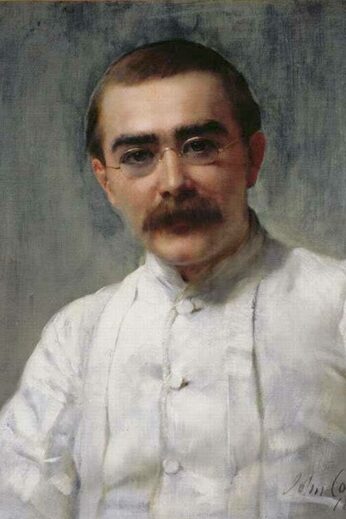
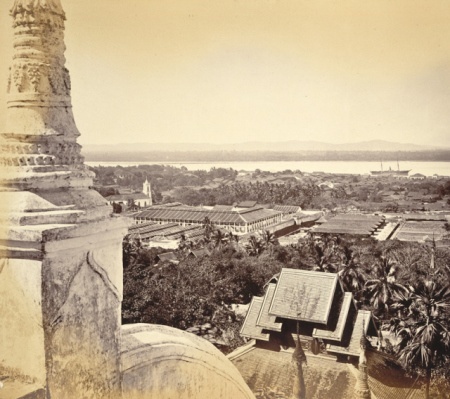
Select bibliography
Mandalay (1892)
A lament written in the voice of an ex-British soldier, reminiscing about his relationship with a Burmese girl while stationed in Burma.
From Sea to Sea and Other Sketches, Letters of Travel (1889)
A book containing Kipling’s writings on Burma, as well as his other travels in China, Japan and the USA.
Georgie Porgie (1888)
A short story about a British District Officer who purchases an adoring Burmese girl from her as a “wife”, then abandons her and breaks her heart.
The Ladies
A poem in which the narrator reminisces about his “roguing and ranging” with women across the world, including Burma.
A Conference of the Powers (1890)
A short story recounting the meeting of an English writer with three young army officers on leave from service in India and Burma. The story is thought to have been influenced by Kipling’s conversations with servicemen at the Pegu Club in Yangon.
Controversy
Though Kipling is widely feted as a literary genius, there are some who question his understanding of the cultures about which he wrote, and his works have attracted accusations of imperialism, jingoism and racism from various quarters. Evidence can certainly be found to support such criticisms – but reactions to Kipling’s work have, on the whole, been overwhelmingly positive. Both Aung San Suu Kyi and Jawaharlal Nehru, the first prime minister of independent India, have cited Kipling’s work as amongst their favourite literature.
If your imagination is caught by Kipling’s evocative portrayal of Burma, visit our website and have a look at Kipling’s Burma, our self-guided itinerary based around the locations featured in Kipling’s literature.
